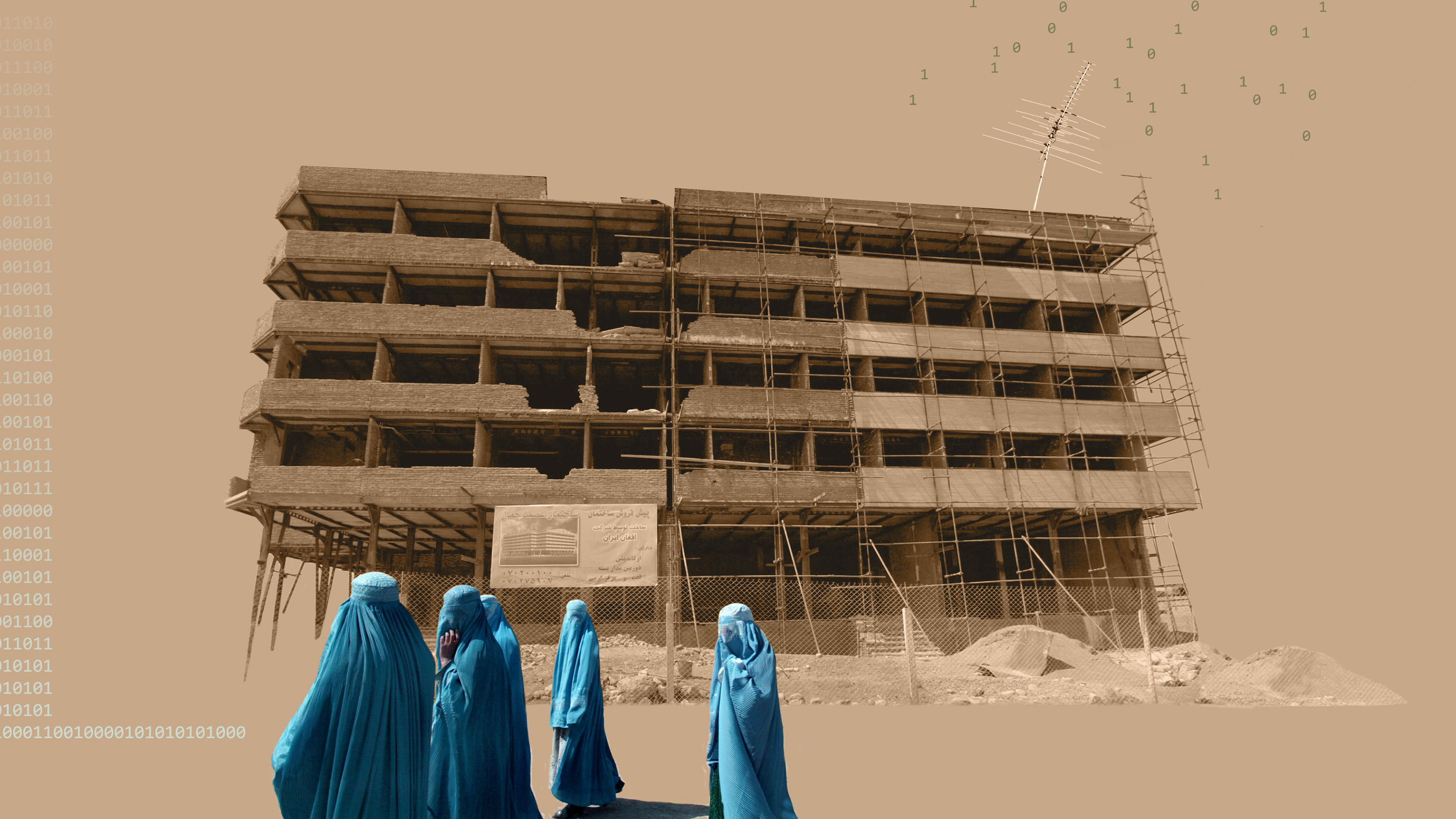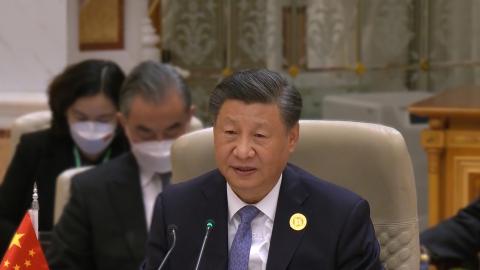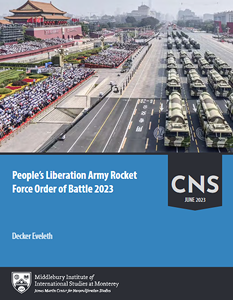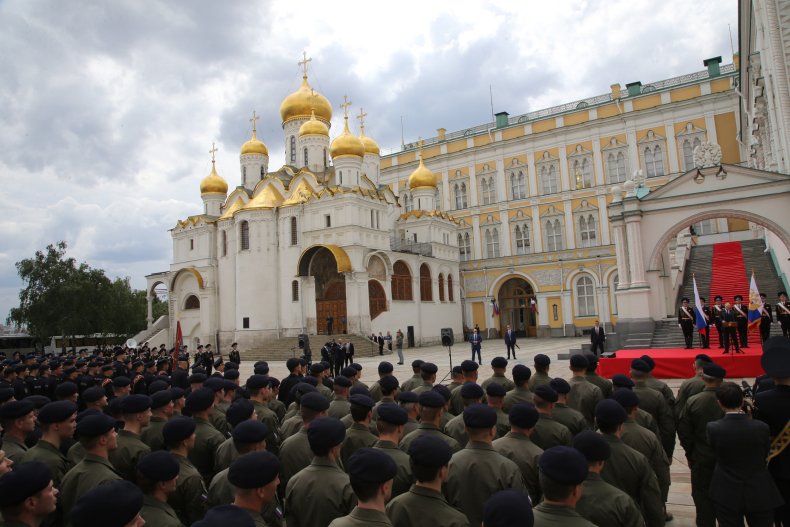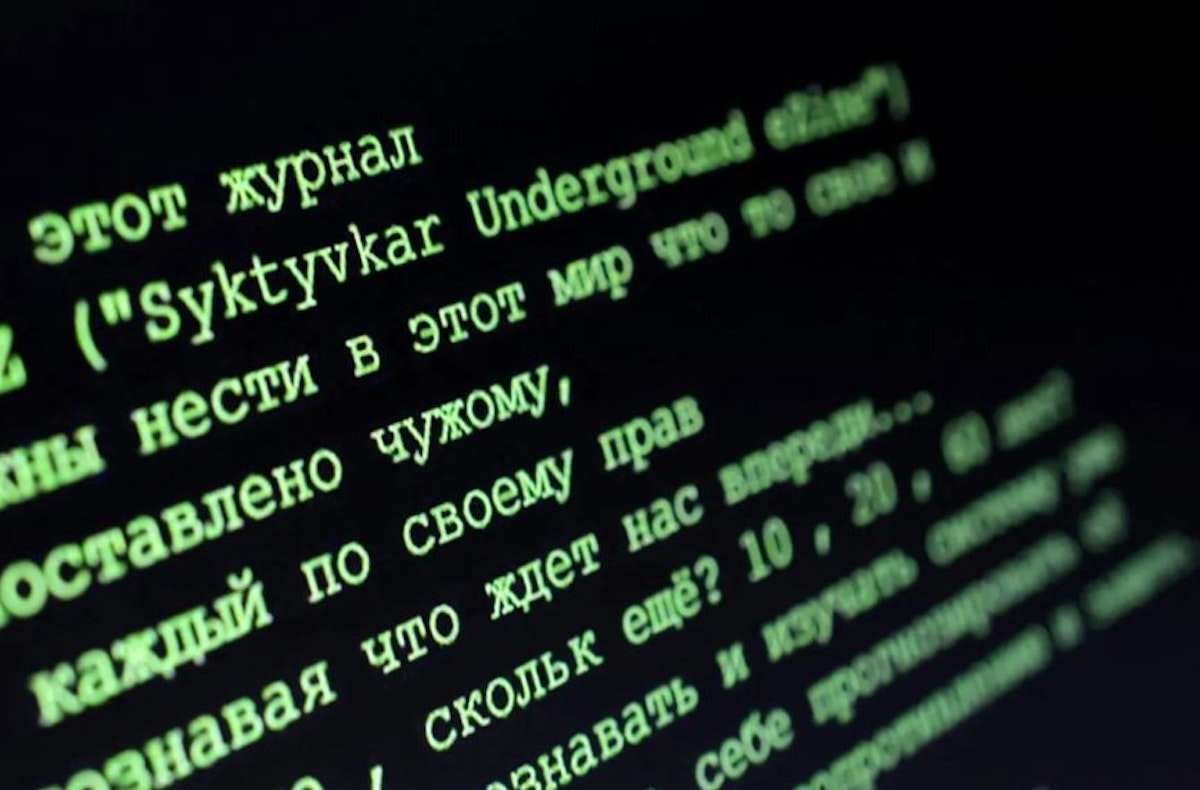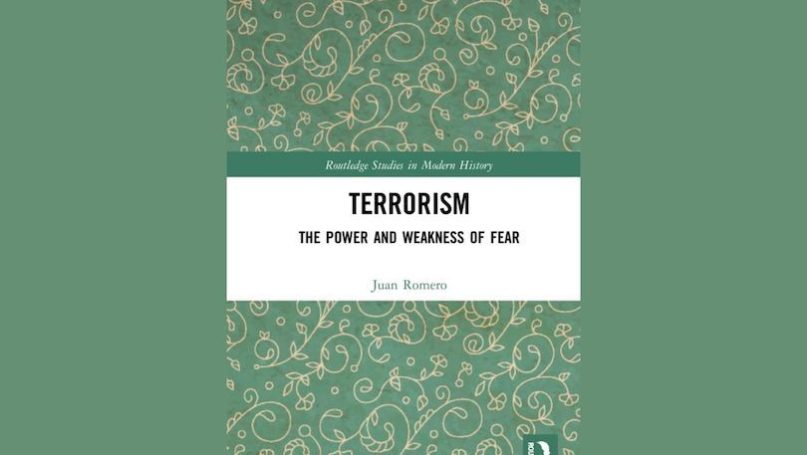Mathieu Droin , Rajesh Basrur , Nicolas Blarel , and Jyotsna Mehra

“We know India will be a very difficult superpower—like a big France.” This comment by a former deputy national security advisor of Japanese prime minister Abe Shinzo echoes a widely shared sentiment across G7 capitals. This is also certainly what many think in the United States vis-à-vis these two indispensable, yet volatile partners.
In collective fora, France and India indeed take pride in not being free riders, as nuclear powers with robust national militaries and capacities, as well as in being free thinkers, developing an outlook of their own on global issues. French president Emmanuel Macron’s motto “allied, but not aligned” echoes Indian external affairs minister Dr. S. Jaishankar’s insistence that India is “entitled to have its own side” This posture is best encapsulated in a concept that both countries have regularly been using: “strategic autonomy,” defined as the capability to make decisions independent from external pressure, especially from great powers, in the main policy areas. This commonality is regularly emphasized in bilateral encounters between the two states.
The visit of Indian prime minister Narendra Modi as a guest of honor for France’s National Day on July 14, also known as Bastille Day, will be an occasion to showcase the strength and depth of the bilateral relationship. France and India established a strategic partnership in 1998, but this partnership has really gained traction in the past decade, with close cooperation initiated or enhanced on a wide range of issues, including in sensitive and sovereign domains, buttressed by a flourishing defense trade cooperation that has placed France as India’s second-largest arms supplier after Russia. Modi’s visit will be the occasion for new announcements in the fields of defense, space, and nuclear technology.
The visit will also be an occasion for both countries to reaffirm how a shared quest for strategic autonomy is guiding this partnership. Their differing histories and geographies bring nuances and distinct threat perceptions, notably regarding the war in Ukraine and relations with Russia and China. But their overall like-minded vision on multipolarity and multilateralism offers great potential to expand cooperation and advance an original outlook, with one eye in Europe and the other in Asia.
The Roots of French and Indian Strategic Autonomy
